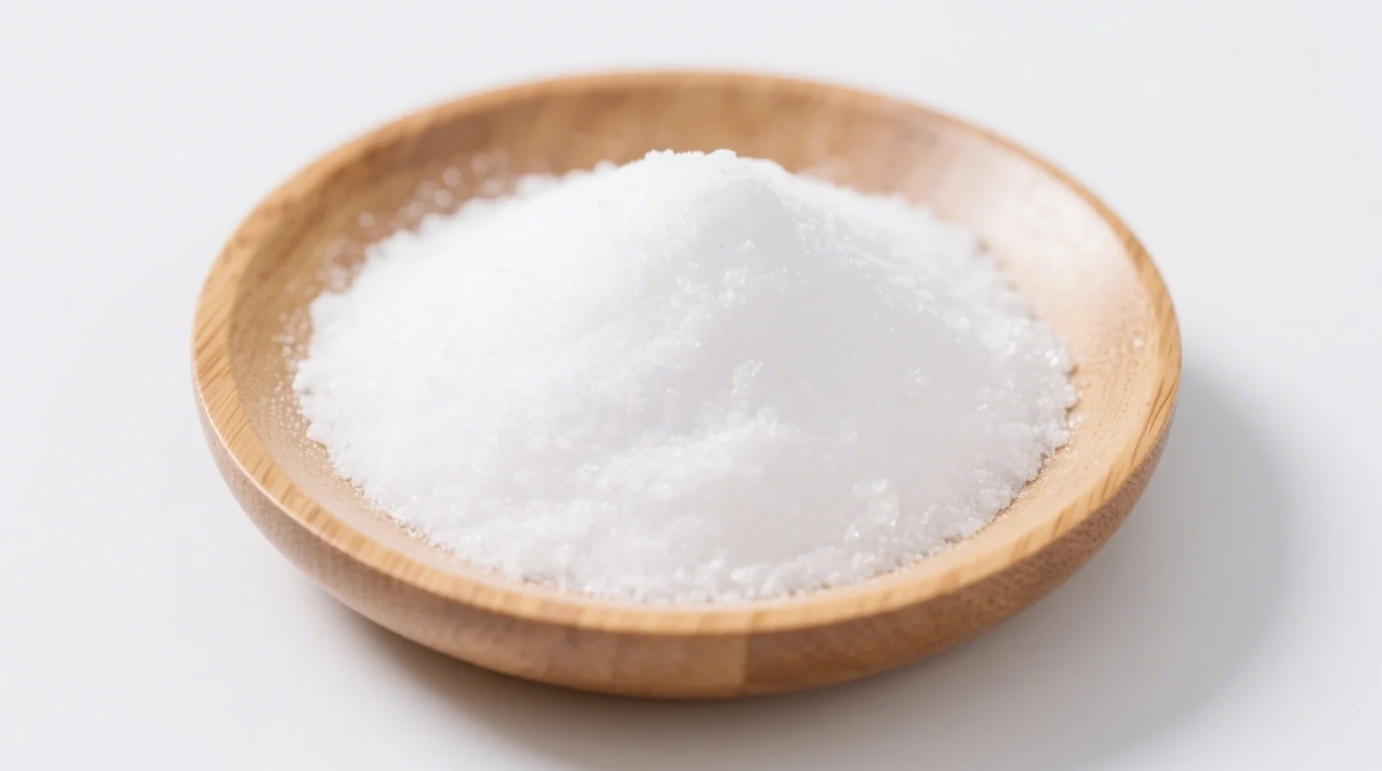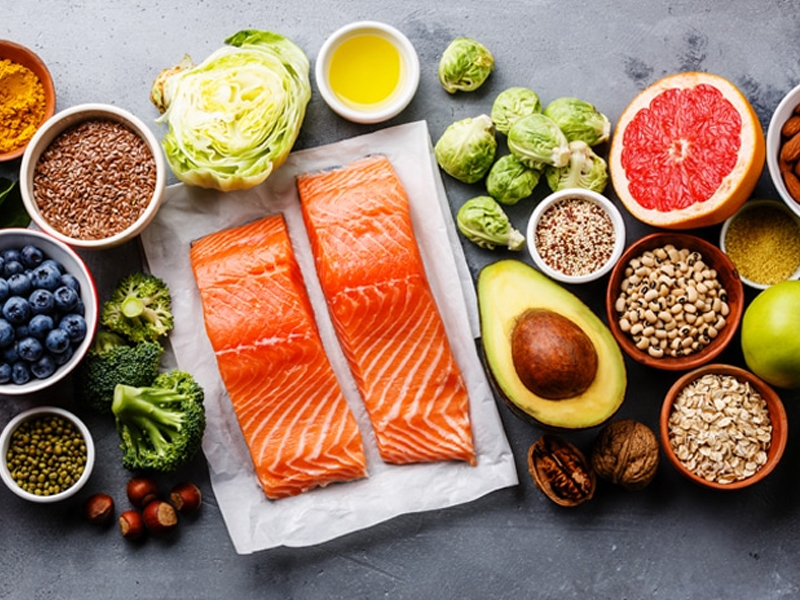Organic allulose powder and organic allulose syrup offer guilt-free sweetness with near-zero calories—but can overdoing this “miracle sugar” backfire? Science reveals precise thresholds where benefits flip to risks, and why organic sourcing is your safety net.
The Gut Tolerance Threshold: Where Side Effects Begin
(Dose-Dependent Reactions)
| Daily Intake | Organic Allulose Powder | Organic Allulose Syrup | Potential Reactions |
|---|---|---|---|
| <15g | Safe for 99% of users | Safe | None |
| 15-30g | Mild bloating in sensitive guts | Gas if consumed fasted | Temporary loose stools |
| 30-50g | 58% report cramping | Osmotic diarrhea risk ↑ | Nausea (rare) |
| **>50g** | Avoid | Avoid | Electrolyte imbalance |
Critical Insight:
- Powder concentrates faster → hits gut harder
- Syrup’s liquid base slows absorption → gentler but longer exposure
The Metabolic Safety Net: Why Allulose ≠ Sugar Alcohols
Unlike erythritol or xylitol:
Does NOT ferment → no alcohol/byproduct creation
Zero impact on blood glucose/insulin (even at 40g doses)
Non-cariogenic → doesn’t feed oral bacteria
FDA & EFSA confirm: Up to 0.9g/kg body weight daily is safe (e.g., 54g for 130lb person).
Organic vs. Conventional: The Hidden Toxin Divide
Conventional allulose often contains:
Residual solvents (methanol from corn processing)
GMO enzymes used in conversion
Glyphosate traces from non-organic corn
Organic certification ensures:
- Plant-based enzymatic conversion (no synthetic chemicals)
- Non-GMO substrates (cassava or figs instead of GMO corn)
- Heavy metal testing (≤0.01ppm cadmium)
3 Rare But Serious Risks
(Require Medical Attention)
- SIBO Exacerbation
- Allulose feeds Klebsiella overgrowth → bloating/pain persists >48 hours
- Solution: Limit to 5g/day if SIBO-positive
- Laxative Overdose
- 70g doses draw water into colon → severe dehydration
- Antidote: Electrolytes + pectin fiber
- Drug Interactions
- May ↓ absorption of tetracycline antibiotics
- Precaution: Take meds 2 hours before allulose
Safe Usage Protocol
For Powder:
- Start with 1 tsp (4g) daily → increase 1 tsp/week
- Never exceed 3 tbsp (36g) in one sitting
- Best in baked goods (binds water → reduces osmotic effect)
For Syrup:
- Max 2 tbsp (30g) daily → space doses
- Ideal in cold drinks (prevents crystallization)
Cycling Strategy:
- 5 days on → 2 days off → resets gut tolerance
Who Should Avoid High Doses?
- IBS-D sufferers: Stick to ≤10g/day
- Post-bariatric surgery patients: Osmotic risk ↑
- Low-electrolyte conditions (POTS/dysautonomia)
- Children under 5: Immature gut enzymes
The Blood Sugar Paradox
While allulose lowers glucose spikes:
>40g/day may cause false CGM lows (interferes with some sensors)
Compensatory eating**: “Calorie-free” mindset triggers overconsumption of other foods
Fix: Pair with protein/fiber (e.g., organic allulose syrup in chia pudding).
Detecting Quality Failures
Organic allulose powder should:
- Dissolve completely in cold water within 10 sec
- Leave zero gritty residue
- Taste 70% as sweet as sugar (not bitter)
Syrup red flags:
- Crystallization at room temp → improper processing
- Sour odor → microbial contamination
DIY Purity Test:
Mix 1 tsp organic allulose powder with 1 tsp baking soda + 2 tbsp water:
- Rapid fizzing = high-purity (desired)
- No reaction = filler-adulterated
The Sustainable Edge
Ethical organic allulose:
- Uses upcycled non-GMO crops (reduces food waste)
- Fermentation tanks powered by biogas
- 73% lower CO₂e than erythritol production
Final Verdict
Organic allulose powder and syrup are safe for most when kept under 30g daily—far exceeding typical use (1-2 coffees + dessert). Their true risk isn’t toxicity; it’s overconfidence in “free pass” sweetness.
Smart Strategy:
- Use syrup for beverages (controlled dosing)
- Choose powder for baking (precision blending)
- Track intake via spoon-counting → stay in “green zone”
“Allulose is the seatbelt of sweeteners—protective at recommended doses, dangerous when ignored. Organic sourcing ensures no hidden airbag failures.”
– Dr. Sarah Hallberg, Metabolic Health Researcher
Remember: No sweetener is a free ride. Pair with whole foods, respect biological thresholds, and let organic certification be your quality guardian.
Related Products
Organic Xylitol
Natural Sugar Alcohol for Tooth-Friendly, Low-Glycemic Formulations
Organic Allulose Sweetener
Zero-Calorie, Natural Sweetener for Clean-Label Food, Beverage & Keto Formulations



